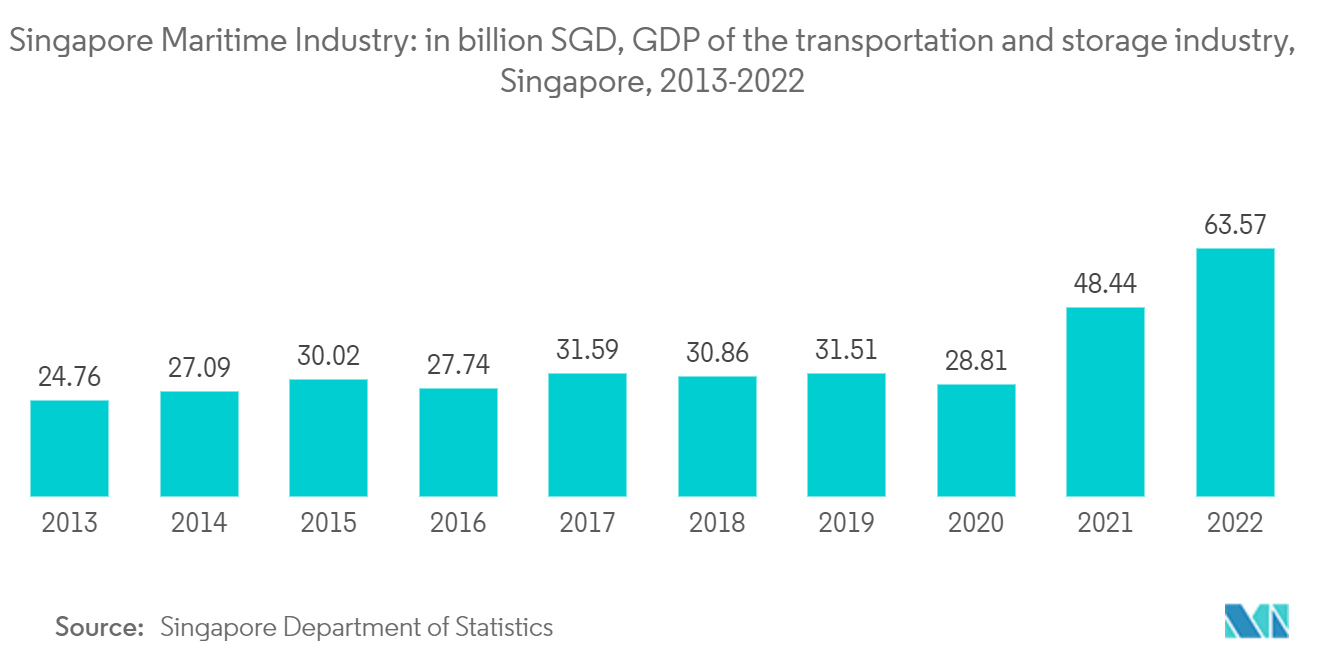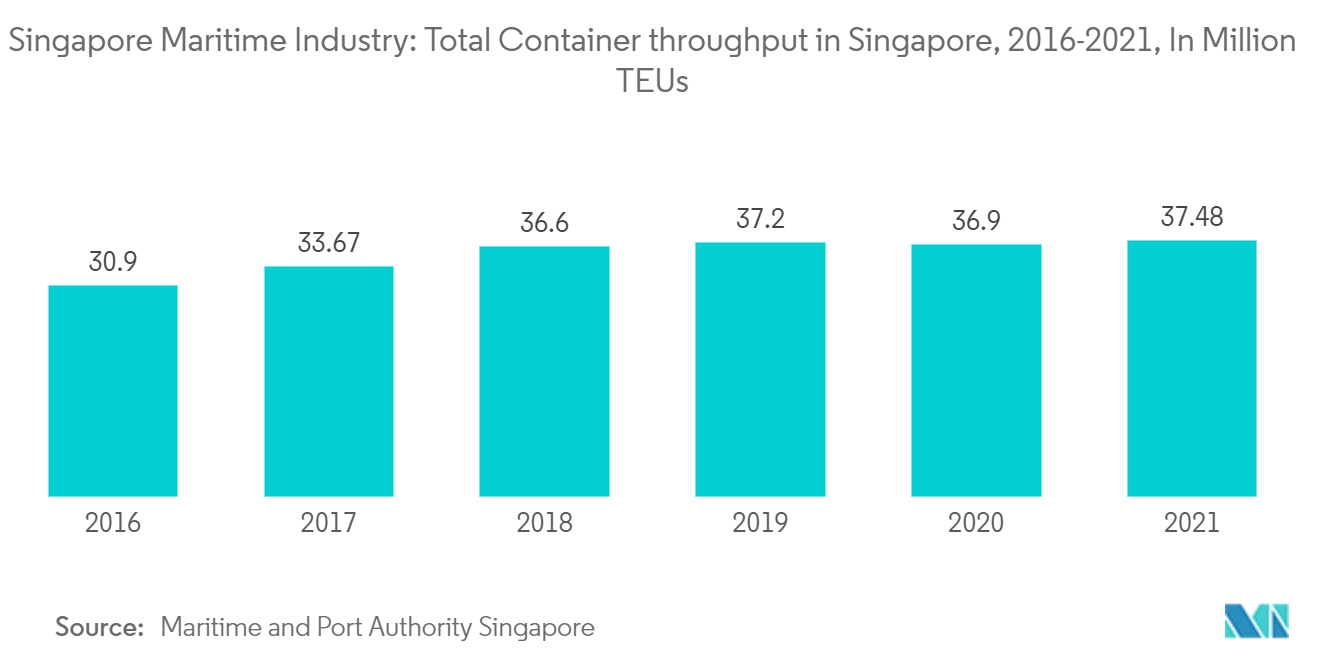Market Trends of Maritime Industry in Singapore
Development of Ports in the Country
The Government of Singapore continues to invest in transport infrastructure to maintain the country’s position as a world-class city and key transport mode between Asia and the world.
Tuas Port is being developed as the next-generation container port in Singapore. When fully completed in the 2040s, after construction of up to 30 years, Tuas Port will be the world’s single largest container port, capable of handling up to 65 million TEU per annum. The new port is to accommodate the move of the current city terminals when their leases expire and will be the consolidated location for all of Singapore’s container activities, significantly reducing inter-terminal haulage operations and greenhouse gas emissions.
To adapt to rising sea levels, Tuas Port will have an operational platform of five meters above maximum sea level, with over 50% of the total fill materials coming from dredged material and excavated earth from construction. Reusing such materials reduces reliance on the sand for reclamation, saving over SGD 2 billion in material costs. Reclamation began in 2015 and was completed in 2021.
Tuas Port will be automated digitally. Digitalport@SG and Just-in-Time (JIT) Systems will streamline vessel clearance processes, thereby enhancing vessel turnaround times. Extensive use of automation and robotics will be employed in conjunction with quayside and yard handling systems with operations controlled from a remote Operations Centre.

Digitalization in the Maritime Sector Would Lead to the Industry's Growth
A special focus has been on leveraging the latest technological innovations to make Singapore’s ports more efficient, cost-effective, and environment-friendly.
The Tuas terminal, for example, will deploy advanced port technologies and will have numerous automated systems. In the works are Automated Guided Vehicles (AGVs), automated yard and quay cranes, and an Automated Storage and Retrieval System for containers to increase the yard storage capacity and create a mega intelligent container terminal. According to PSA Singapore, Singapore’s Ministry of Transport (MoT) is working with PSA Corporation to design and develop an autonomous truck platooning system that will help meet the increasing demand for container truck haulage between different port terminals.
As a part of NGP 2030, Singapore’s ports are embracing digitization. It reports that the Tuas Terminal will use Big Data and Predictive Analytics capabilities to manage data and share reports on oceanographic and meteorological conditions, maritime traffic and cargo flow, material and machinery performance, and even passengers’ and seafarers’ information. Built-in algorithms detect anomalies in vessel traffic patterns and contribute to safer operations.
The use of green and renewable energy in port operations is a high priority. The NGP 2030 brings local universities into the fold to identify and implement opportunities for using renewable energy. Apart from using hybrid-fuel and electric vehicles, PSA Singapore has partnered with the Japanese company Solar Frontier to install ultralight and bendable CIS thin-film solar energy modules at port terminals, starting with Pasir Panjang Terminal three. The use of clean energy, especially LNG as a ship fuel, will be a key development in the NGP 2030 to develop Singapore into the LNG bunkering hub. To spearhead this, the MPA has already implemented several initiatives, such as funding the development of LNG-fuelled vessels and developing an end-to-end LNG Bunkering supply solution.


